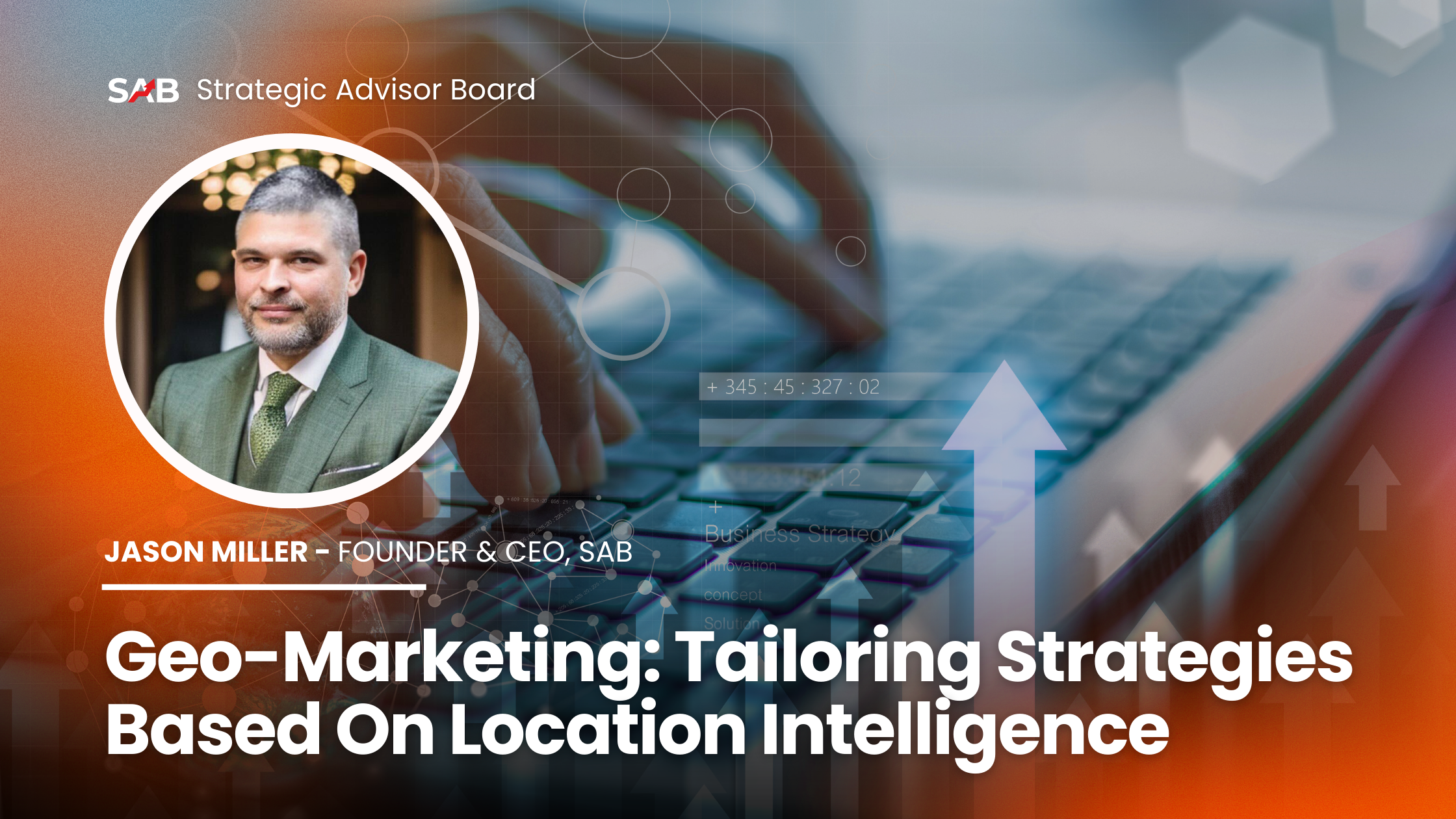
In today’s highly competitive market, businesses must constantly innovate to stay ahead. One of the most effective ways to achieve this is through geo-marketing, a strategy that leverages location intelligence to tailor marketing efforts based on geographical data. This approach allows businesses to deliver more personalized and relevant content to their audience, ultimately driving higher engagement and better results. In this blog post, we will explore the concept of geo-marketing, its benefits, and how to implement it effectively.
Geo-marketing, also known as location-based marketing, involves the use of geographical data to inform and enhance marketing strategies. By analyzing data such as customer locations, movement patterns, and local demographics, businesses can gain valuable insights into their target audience. This information can then be used to create highly targeted marketing campaigns that resonate with specific segments of the population.
Geo-marketing enables businesses to deliver highly personalized content to their audience. By understanding where their customers are located and what local factors influence their behaviors, companies can create marketing messages that are more relevant and engaging. For example, a retail store can send targeted promotions to customers who live nearby or frequently visit the area, increasing the likelihood of conversion.
Tailoring marketing efforts based on location intelligence leads to higher customer engagement. When customers receive content that is relevant to their location and needs, they are more likely to interact with it. This can result in increased website traffic, higher click-through rates, and more social media interactions, ultimately driving better business results.
By targeting specific geographical areas, businesses can optimize their marketing spend and avoid wasting resources on broad, untargeted campaigns. Geo-marketing allows companies to focus their efforts on regions with the highest potential for success, ensuring that marketing budgets are used more efficiently. This targeted approach can lead to a higher return on investment (ROI) and more effective use of marketing resources.
Leveraging location intelligence gives businesses a competitive edge in the market. By understanding local trends and customer behaviors, companies can stay ahead of their competitors and adapt their strategies to changing market conditions. This proactive approach can help businesses capture new opportunities and respond to threats more effectively.
The first step in implementing a geo-marketing strategy is to collect and analyze location data. This can be done using a variety of tools and technologies, such as GPS, mobile apps, and social media platforms. It is important to gather data from multiple sources to gain a comprehensive understanding of customer behaviors and preferences. Once the data is collected, it should be analyzed to identify patterns and trends that can inform marketing decisions.
After analyzing the location data, the next step is to segment your audience based on geographical factors. This can include factors such as proximity to your business, local demographics, and regional behaviors. By creating detailed audience segments, you can tailor your marketing efforts to address the unique needs and preferences of each group. This targeted approach ensures that your marketing messages are more relevant and effective.
With your audience segments identified, it’s time to create location-based content that resonates with each group. This can include targeted advertisements, personalized emails, and social media posts that address local events, trends, and preferences. The key is to make your content as relevant and engaging as possible by incorporating local context and addressing the specific needs of each audience segment.
Geo-fencing and beacons are powerful tools that can enhance your geo-marketing efforts. Geo-fencing involves creating virtual boundaries around specific geographical areas, allowing you to target customers who enter these zones with personalized messages and promotions. Beacons are small devices that use Bluetooth technology to send notifications and offers to customers’ mobile devices when they are in close proximity. Both of these technologies can help you deliver timely and relevant content to your audience, increasing engagement and conversion rates.
Finally, it’s important to continuously monitor and optimize your geo-marketing campaigns. Use analytics tools to track the performance of your location-based marketing efforts and identify areas for improvement. By regularly reviewing and adjusting your strategies, you can ensure that your campaigns remain effective and continue to deliver the desired results.
Geo-marketing is a powerful strategy that allows businesses to leverage location intelligence to tailor their marketing efforts based on geographical data. By understanding and targeting specific audience segments, companies can deliver more personalized and relevant content, leading to higher engagement and better results. Implementing geo-marketing strategies involves collecting and analyzing location data, segmenting your audience, creating location-based content, utilizing geo-fencing and beacons, and continuously monitoring and optimizing your campaigns. By embracing geo-marketing, businesses can gain a competitive edge and drive success in today’s dynamic market.